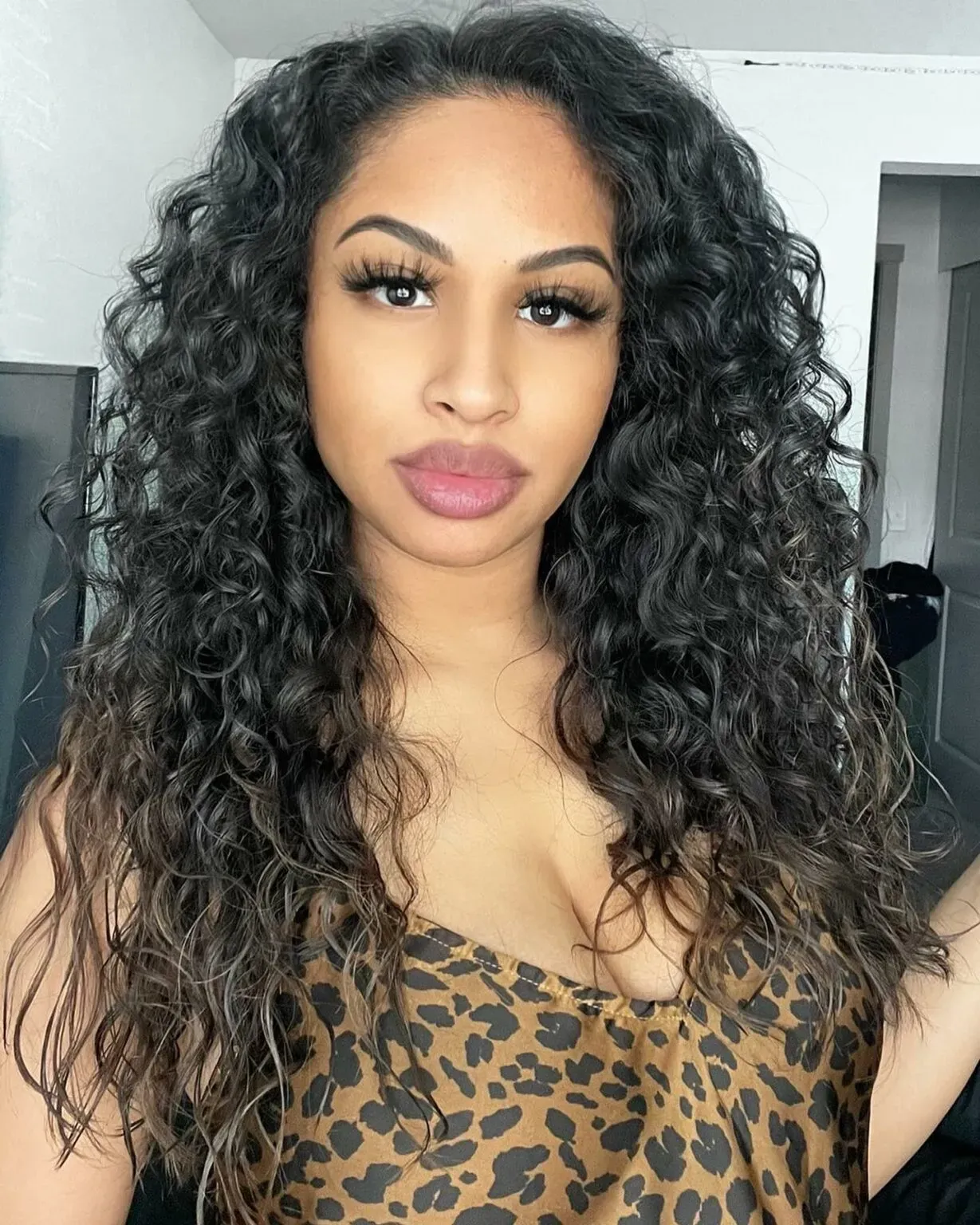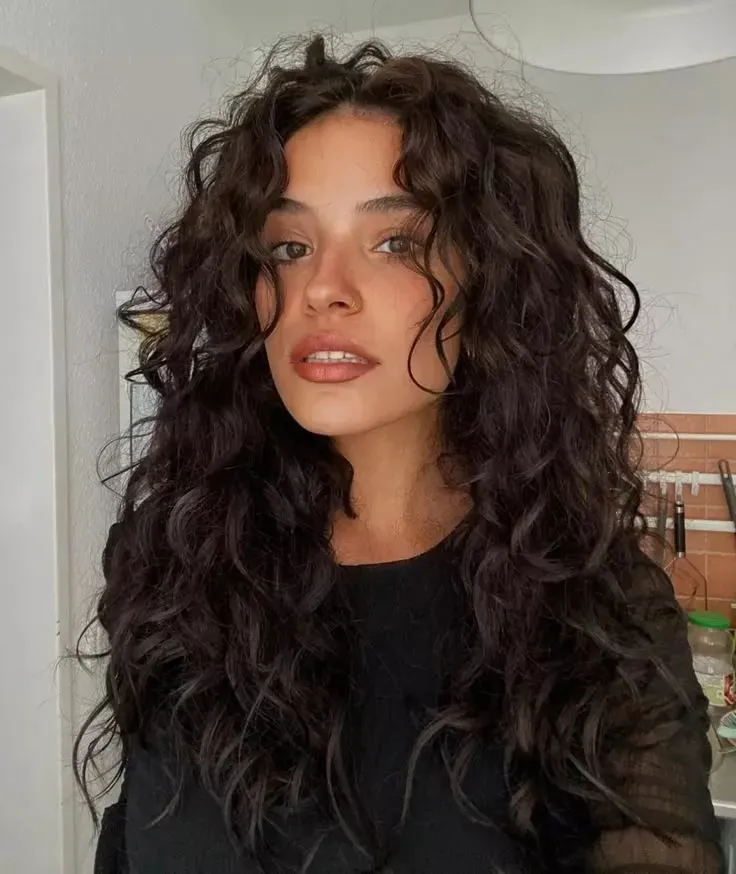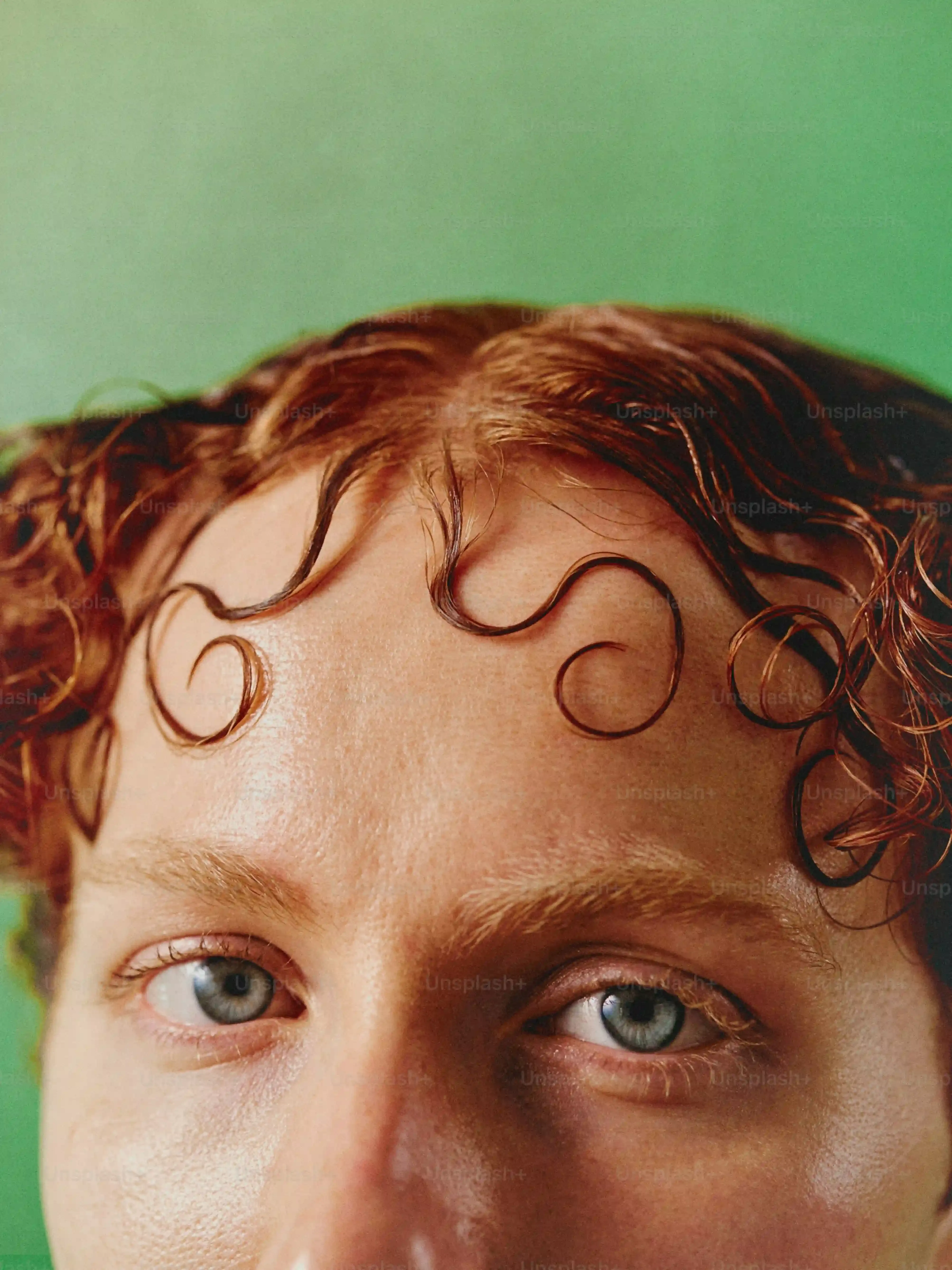Table of Contents
Let's talk about curly hair. Sometimes it feels like a glorious crown, full of bounce and life. Other days? It's a heavy blanket, weighing down your face, the curls losing their spring somewhere around your ears. You've probably wrestled with cuts that either leave you looking like a triangle or strip away too much precious volume. If you're chasing that elusive balance – volume up top, defined curls all over, and a shape that actually makes sense – you've likely heard whispers of the butterfly cut. But does this trendy style actually work magic on curls, or is it just another straight-hair fad? A butterfly curly hair cut, when done right, promises a dramatic change. It's designed to shed weight without sacrificing length, creating layers that encourage movement and definition. We're diving into why this layered approach can be a game-changer for your waves and curls, what makes a good butterfly cut on textured hair, and how to ensure you walk out of the salon with the hair of your dreams, not a horror story. Stick around to figure out if the butterfly curly hair cut is your next best hair decision.
Understanding the Butterfly Cut for Curly Hair

Understanding the Butterfly Cut for Curly Hair
What Exactly is a Butterfly Cut?
Alright, so you've heard the term "butterfly cut" floating around, maybe seen some stunning photos on Instagram, usually on folks with straight or wavy hair. At its core, the butterfly cut is all about creating layers. But not just random snips here and there. It's a strategic layering technique designed to give the illusion of major length while actually removing a good bit of weight and adding volume. Think of it like two haircuts in one: shorter, face-framing layers up top that blend seamlessly into longer layers at the bottom. The shorter pieces around the face mimic the shape of butterfly wings, hence the name. It’s meant to be soft, flowing, and add movement.
How Does This Apply to Curly Hair?
Now, translating that concept to curly hair is where things get interesting. Curls have their own rules, right? They shrink, they clump, they can get heavy or, conversely, look sparse if cut wrong. A butterfly curly hair cut takes the core principle – strategic layering for shape and volume – and adapts it for texture. Instead of just blunt layers, a stylist working with curls will often use techniques like dry cutting, point cutting, or slide cutting to encourage curl definition and prevent frizz. The goal is to remove bulk where needed, especially in the back, while creating those face-framing layers that lift and shape the front, making your curls look lighter and bouncier. It’s less about perfectly blended straight layers and more about creating pockets of volume and definition throughout the curl pattern.
- Adds significant volume around the crown.
- Removes weight without sacrificing overall length appearance.
- Creates flattering face-framing layers.
- Enhances curl definition and bounce.
- Makes styling feel less heavy.
The Core Technique for Curls
The magic of a butterfly curly hair cut on textured hair often lies in isolating sections. Stylists typically divide the hair into two main sections: the front (which will become the shorter, face-framing layers) and the back (the longer layers). They cut the front section shorter, often bringing it forward to gauge length around the chin or collarbone. The back section is cut with longer layers that connect or blend into the front, but the focus is on removing weight and shaping the overall silhouette. For curls, this might involve cutting curl by curl or using techniques that respect the natural curl pattern. It’s about building a shape that allows your curls to spring up and fall into place naturally, rather than lying flat or looking triangular. It’s a cut that works *with* your curls, not against them.
Why Choose a Butterfly Curly Hair Cut? Benefits for Volume and Shape

Why Choose a Butterfly Curly Hair Cut? Benefits for Volume and Shape
Why Choose a Butterfly Curly Hair Cut? Benefits for Volume and Shape
so you've seen the pictures, maybe even read a bit about the technique. But why, specifically, would someone with curly hair want this particular cut? Forget those horror stories of triangular shapes or layers that look like steps. A skilled butterfly curly hair cut targets the common struggles curl-havers face: flatness at the crown, excessive bulk at the bottom, and undefined, stringy ends. This cut strategically removes weight from the mid-lengths and ends while keeping the face-framing pieces shorter and more voluminous. It's not just about hacking off hair; it's about sculpting. The layers work to redistribute the weight, allowing your curls to spring up and create that coveted round shape and significant volume around your face and crown. It’s like giving your curls permission to actually be bouncy instead of just hanging there.
- Combats the dreaded "triangle head."
- Boosts volume, especially at the roots.
- Reduces bulk without losing perceived length.
- Enhances the natural shape and definition of your curls.
- Makes styling easier and less time-consuming.
Getting Your Ideal Butterfly Curly Hair Cut: Tips for Talking to Your Stylist
Finding the Right Stylist for Your Curls
listen up. Getting a butterfly curly hair cut isn't like getting a simple trim. Your curls are unique, and finding someone who understands how they behave is non-negotiable. You wouldn't let just anyone bake your fancy birthday cake, right? Same energy here. Look for stylists who specialize in curly hair or, at the very least, have extensive experience cutting different curl types. Check their social media for photos of their curly clients. Read reviews. Ask your curly-haired friends for recommendations. A stylist who knows curls will approach the butterfly cut with techniques that respect your texture, like dry cutting or cutting curl by curl, ensuring the layers fall correctly and enhance your natural pattern, not fight it.
Preparing for Your Consultation
Once you've found a potential stylist, book a consultation before the actual cut. This is your chance to interview them, basically. Show up with your hair styled as you normally wear it – clean and dry is usually best so they can see its natural shape and movement. Bring pictures! Lots of pictures. Not just of butterfly cuts on straight hair, but find examples of butterfly curly hair cut styles on people with similar curl patterns and hair density to yours. Explain what you like about the pictures and what you *don't* like about your current hair. Talk about your daily styling routine and your hair struggles (hello, frizz and flatness). A good stylist will listen, ask questions, and tell you honestly if a butterfly cut is right for your hair type and goals.
Here are some things to show your stylist:
- Photos of butterfly cuts you love (on curly hair!).
- Photos of butterfly cuts you dislike.
- Pictures of your hair on a good day and a bad day.
- Any issues you have (e.g., flat crown, bulky sides).
Clearly Communicating Your Hair Goals
During the consultation and before the scissors come out, be super clear about what you want. Don't just say "a butterfly cut." Specify your goals. Do you want more volume at the crown? Less bulk in the back? Face-framing layers that hit a specific point (like your chin or collarbone)? Explain how you style your hair – do you diffuse, air dry, use specific products? This helps the stylist understand how the cut will live in the real world. A great butterfly curly hair cut is a collaboration. Your input is crucial for them to tailor the technique to your unique head of curls and achieve that bouncy, layered look you're after.
Styling and Maintaining Your Butterfly Curly Hair Cut

Styling and Maintaining Your Butterfly Curly Hair Cut
Styling Your Fresh Butterfly Cut
Alright, you've got the cut, the layers are doing their thing, and your curls feel lighter. Now comes the daily dance of styling your new butterfly curly hair cut. This cut is designed to enhance your natural texture, but it still needs a little help to look its best. The key is often focusing on volume at the crown and definition through the lengths. Start with your usual wash routine, making sure to condition well to keep those ends happy. When applying stylers – whether it's leave-in conditioner, curl cream, or gel – scrunch them in, focusing on encouraging those new layers to spring up. Diffusing is your friend here; it helps lock in the curl pattern and boost volume, especially around the face-framing layers. If you prefer air drying, try clipping your roots at the crown to prevent flatness as it dries. Don't be afraid to experiment with how you apply products and dry your hair; what works for one curl type might not work for another, and the butterfly cut can behave differently than your previous style.
Final Thoughts on the Butterfly Curly Hair Cut
So, you've made it through the ins and outs of the butterfly curly hair cut. It's not a magic potion, but a strategic layering technique that can genuinely transform how your curls behave. Done poorly, it's just choppy layers. Done well, it can lift, shape, and bring life back to tired curls without sacrificing length. The real key, as with any curly cut, lies with the person holding the scissors. Finding a stylist who understands curly texture and this specific technique is non-negotiable. Don't be afraid to ask questions, look at their work, and be clear about your hair goals. When the layers fall just right, framing your face and letting your curls spring up, you’ll understand why this cut has everyone buzzing. It’s about working with your natural texture, not against it, to get hair that feels lighter, looks fuller, and bounces with intention.